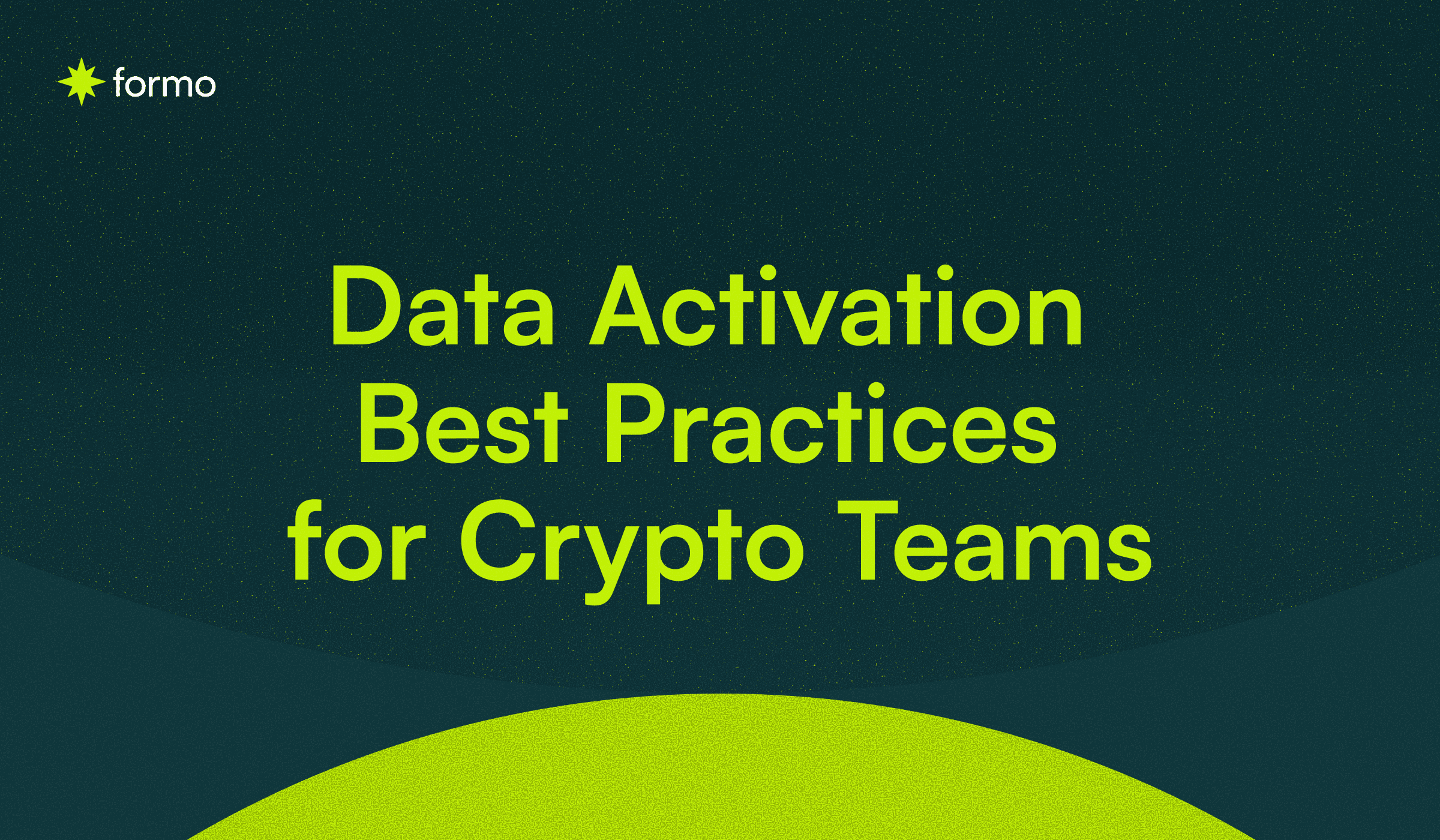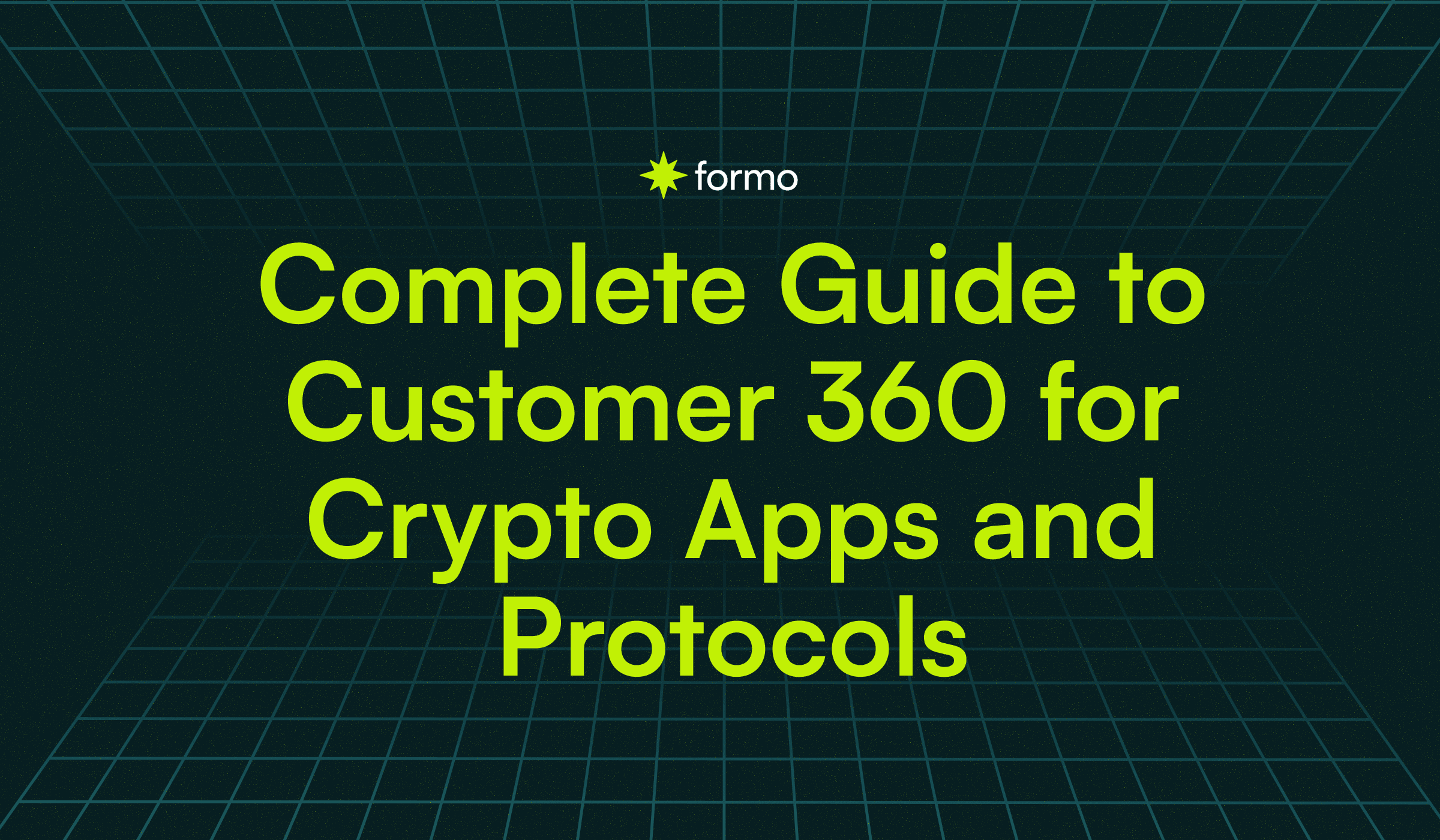5 things Web3 Form Builders can do that Google Forms can't
In today’s evolving digital landscape, Web3 Form Builders are redefining how teams collect data and engage with users. Unlike traditional platforms like Google Forms, Web3-native tools offer advanced features tailored for decentralized communities — from wallet-based access control to onchain data capture. In this article, we’ll explore what sets Web3 Form Builders apart and how they’re transforming community management across the decentralized web.
Key Takeaways
Web3 Form Builders helps you capture onchain and offchain data from your users.
Web3 Form Builders verify users via crypto wallets and token-gating.
Brands can fully customize web3 forms to match their brand identity.
Automated integrations in Web3 Form Builders connect forms to your workflows.

Web3 Form Builders offer features that improve security and transparency
What is a Web3 Form Builder?
A Web3 Form Builder is an innovative tool for creating and managing online forms that natively support both onchain and offchain data collection. Unlike traditional form builders, Web3 Form Builders offer advanced features such as wallet authentication, token-gated access, and onchain data capture—enhancing data security, transparency, and user ownership by design.
Differences between Web3 Form Builders & Google Forms
Both Web3 Form Builders and Google Forms share a common purpose - data collection. However, they differ in terms of use cases and features.

Google Forms does not support onchain data such as wallets and tokens, which is everywhere in crypto
Design Customizability
Google Forms offers limited control over its forms’ design. While brands can change the color scheme, there are restrictions on further customization, making it challenging to create unique forms to reflect your brand identity.

Design Customizability I Formo’s Web3 Form Builder
Web3 Form Builders help product and marketing teams easily customize web3 forms that convert. You can customize your form’s font, color scheme, background image, and more. A Web3 Form Builder can create many types of forms for free, such as application forms, lead generation forms, and payment forms, tailored to your specific needs.
Verification & security
Google Forms is a useful free tool, but it lacks features to verify and authenticate Web3 wallets. Additionally, Google Forms cannot prevent malicious access and duplicate wallet data from being submitted, unlike Web3 Form Builders, which can securely verify respondents based on the user’s wallet address.

Form Setting I Formo’s Web3 Form Builder
Web3 Form Builders can be token-gated, meaning access to forms can be limited based on tokens or NFTs held, adding Sybil resistance and enabling personalized experiences
Third-party integrations
Google Forms does not natively integrate with third-party applications outside the Google ecosystem. While Google Workspace add-ons can enhance functionality, brands may need to rely on third-party tools for more extensive integrations with marketing platforms or analytics tools.

Zapier Integrations I Formo’s Web3 Form Builder
Web3 Form Builders integrates with other third-party tools, enabling automated execution of predefined actions based on form submissions, enhancing the respondent experience, and empowering them to control their data.
Merging on-chain & off-chain data
Google Forms allows you to only collect off-chain data. Google Forms cannot capture and analyze onchain transactions or tokens held, which could help you understand your respondents better.

Access gating I Formo’s Web3 Form Builder
By merging on-chain data (e.g., token holding, blockchain transactions) with off-chain data (e.g., emails, social media interactions), Web3 Form Builders give you a comprehensive view of respondent data for in-depth consumer insights.
Analytics and Reporting
Google Forms has limited reporting and analytics, which may not meet the needs of brands looking for more in-depth insights from their form data. While Google Forms can display a breakdown of the responses to your survey questions, the reporting is not as comprehensive as other software.
With a Web3 Form Builder, you can draw charts and graphs to visualize captured data, which is not possible with Google Forms. A Web3 Form Builder provides features to collect data in a modern way and capture on-chain data automatically to help you better understand your respondents.
What are the benefits of using Web3 Form Builders?
Utilizing Web3 Form Builders offers a multitude of advantages for businesses seeking to improve respondent engagement and refine business marketing tactics. This simple but innovative tool empowers companies to revolutionize data collection, leading to personalized customer experiences and improved product insights.
Thanks to reliable onchain verification, the data collected enables product and marketing teams to make data-driven product decisions and execute targeted marketing campaigns.
Get Started with Formo
Formo offers an easy-to-use Web3 Form Builder free as part of a comprehensive suite of tools designed for Web3 product and marketing teams. With Formo, brands and creators can create dynamic forms that uncover deep insights about their users.
Google Forms is a popular tool for creating basic forms, but if you are seeking a Google Forms alternative with advanced features tailored for the Web3 ecosystem, consider Web3 Form Builders. A Web3 Form Builder provides enhanced data security, transparency, and user control, offering valuable assets to drive substantial growth for your onchain product.
Further sources:
Follow us on LinkedIn and Twitter, and join our community to learn how Formo turbocharges growth for leading teams across web3!
FAQs
1. What is a Web3 Form Builder?
A Web3 Form Builder is a tool that allows you to create forms with features like wallet login, token-gated access, and onchain data collection. It’s designed for decentralized apps and communities that need secure, blockchain-native interactions.
2. How is it different from Google Forms?
Unlike Google Forms, Web3 Form Builders support wallet authentication, token gating, and real-time capture of onchain activity. These features make them ideal for Web3-native use cases like gated community access or DAO participation.
3. What kind of data can I collect with Web3 Form Builders?
With Web3 forms, you can collect both offchain and onchain data. This includes wallet addresses, token balances, and transaction history—as well as traditional form fields like email, multiple choice, short answers, and more.
4. Can I connect Web3 forms with other tools?
Yes. Many Web3 Form Builders—such as Formo—offer integrations with tools like Zapier, Notion, Airtable, and more. This allows you to automate workflows, sync submissions, and connect with thousands of other apps effortlessly.
5. Are Web3 Form Builders only for crypto companies?
Not at all. While popular among crypto projects, any team can benefit from Web3 forms. As more user activity moves onchain, these tools are becoming essential for growth, data collection, and community engagement in the next generation of the internet.





